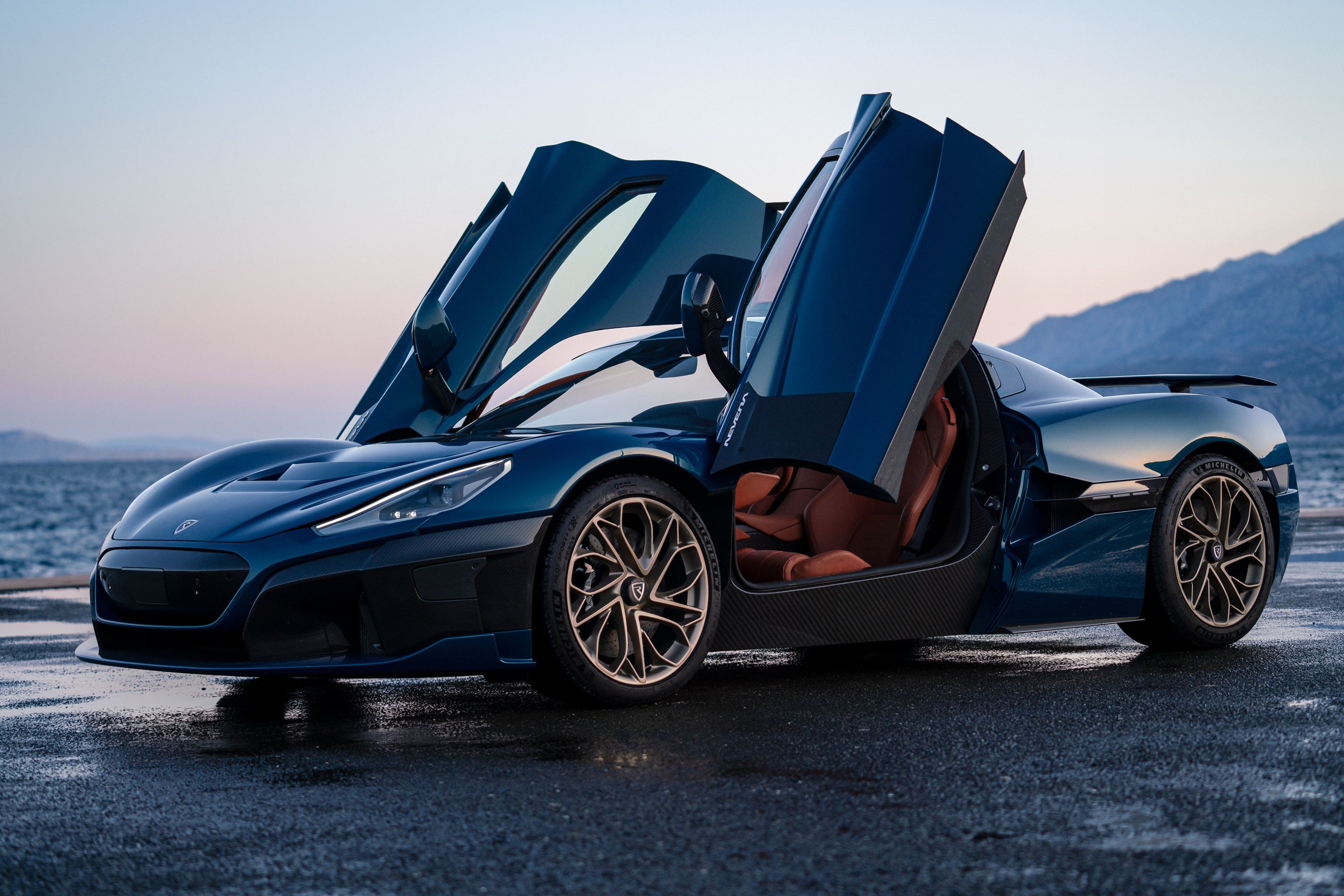
As we learned at Geneva this year, the Rimac is taking the safety of its new C_Two electric supercar very seriously. It's not surprising after the original Concept_One became synonymous with Richard Hammond's hill climb crash in The Grand Tour.
While Rimac will only make 150 units of the C_Two, as many as 30 prototypes are being crash tested to make sure they are as safe as possible. Considering that each example costs $2 million, that's roughly $60 million worth of cars that will be reduced to mangled wrecks. Rimac has shared a new video giving us an insight into the global homologation process for the C_Two that will make the electric supercar safe and road-legal worldwide. And yes, that includes some of the crash tests, which are painful to watch.
Remember, Rimac is a small-volume manufacturer, so undertaking such an extensive homologation process without any shortcuts is a huge task. It takes three to four years for Rimac to develop a car from the original concept to full prototype to working models on the road. Initially, Rimac starts development by running simulations and developing the car in the virtual world.
After this, material and component tests are carried out. Once Rimac is happy with the results, the vehicle testing program begins, starting with experimental prototypes before testing validation pre-production prototypes, and the final car. Rimac describes this as a "nerve-wracking process for the entire team," as physical tests need to be in perfect correlation with the simulations.
Now that the first round of crash tests is completed, Rimac says the next step in the development of the C_Two is to further improve the design along with "perfecting the correlations of our virtual simulations" before the fully-homologated global production model is completed.
If you need a recap, the Rimac C_Two packs four electric motors producing a combined 1,914 horsepower and 1,696 lb-f of torque, rocketing the electric supercar from 0-62 mph in just 1.85 seconds while delivering a range of 400 miles on a single charge.
